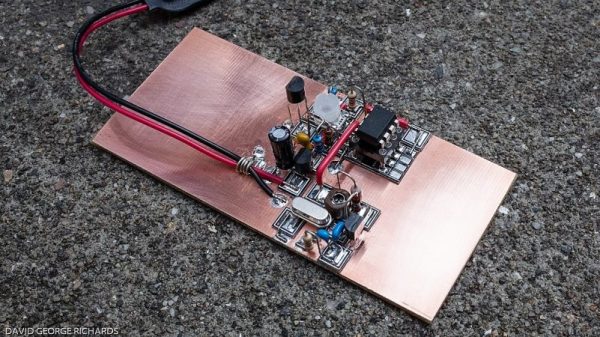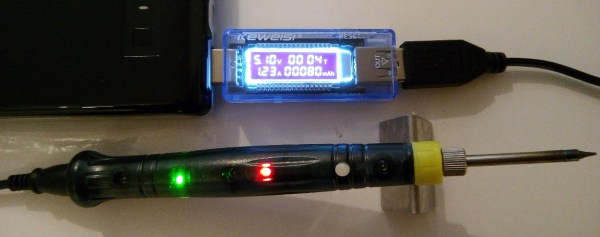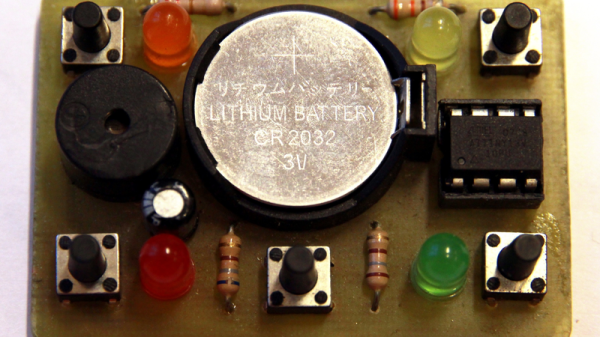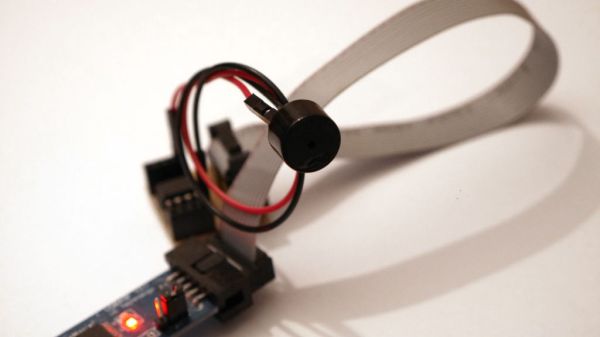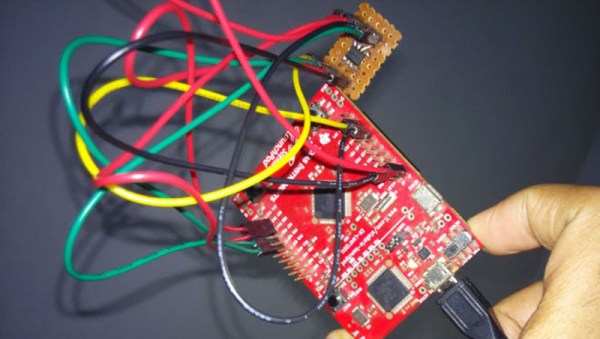Small microcontrollers can pack quite a punch. With the right code optimizations and proper use of the available limited memory, even small microcontrollers can do things they were never intended to. Even within the realm of intended use, however, there are still lots of impressive uses for these tiny cheap processors like [Lukasz]’s audio amplifier which uses one of the smallest ATtiny packages around in the video embedded below.
Since the ATtiny is small, the amplifier is only capable of 8-bit resolution but thanks to internal clock settings and the fast PWM mode he can get a sampling rate of 37.5 kHz. Most commercial amplifiers shoot for 42 kHz or higher, so this is actually quite close for the limited hardware. The fact that it is a class D amplifier also helps, since it relies on switching and filtering to achieve amplification. This allows the amplifier to have a greater efficiency than an analog amplifier, with less need for heat sinks or oversized components.
All of the code that [Lukasz] used is available on the project site if you’ve ever been curious about switching amplifiers. He built this more as a curiosity in order to see what kind of quality he could get out of such a small microcontroller. It sounds pretty good to us too! If you’re more into analog amplifiers, though, we have you covered there as well.


